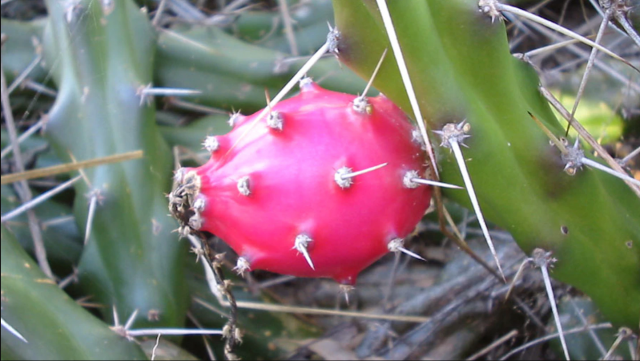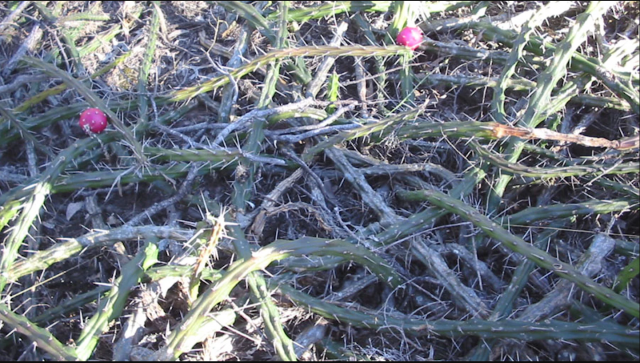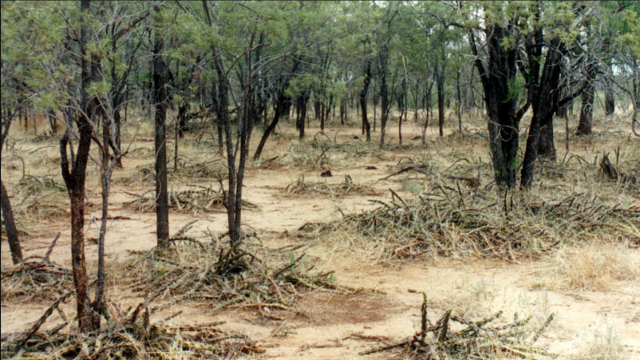Easily spread and difficult to control, look out for the Harrisia Cactus.
The South Burnett Regional Council on 10 November urged residents to be on the lookout for a biosecurity threat.
The Harrisia Cactus (Harrisia Martinii) ought to be looked out for as it can form dense infestations that reduce pasture leaving it unsuitable for stock.
The spines of the plant can also interfere with stock mustering and movement, and cause injuries.
It is easily spread by birds and other animals moving the seeds and can take root wherever the long, bendy branches touch the ground.
Broken-off portions of the plant can take root and grow.
The Harrisia Cactus can be described as a spiny perennial plant with fleshy-jointed stems that form tangled mats.
The stems are ribbed lengthwise with six ribs, each rib has low, thick, triangular humps at regular intervals.
The triangular humps have cushions of grey felt-like hair, 3-5 short spines lying flat and 1-3 erect, sharp spines about 2.5cm long.
The plant flowers with pink and a white tinge that is tunnel-shaped and open at night.
It grows fruit that is round, 4-5cm wide, and bright red with scattered bumps, hairs and spines.
Within the fruit are typically 400-1000 small black seeds embedded in the white pulp.
The plant has shallow feeding roots up to 3cm thick and 30cm-2m long.
It often also has swollen, tuberous storage roots that descend 15-60cm deep.
It is a difficult plant to control as it utilises a deep underground tuberous root system.
Using a combination of physical, biological and herbicide controls is recommended.
If Harrisia Cactus is detected or suspected, contact South Burnett Regional Council on (07) 4189 9100








